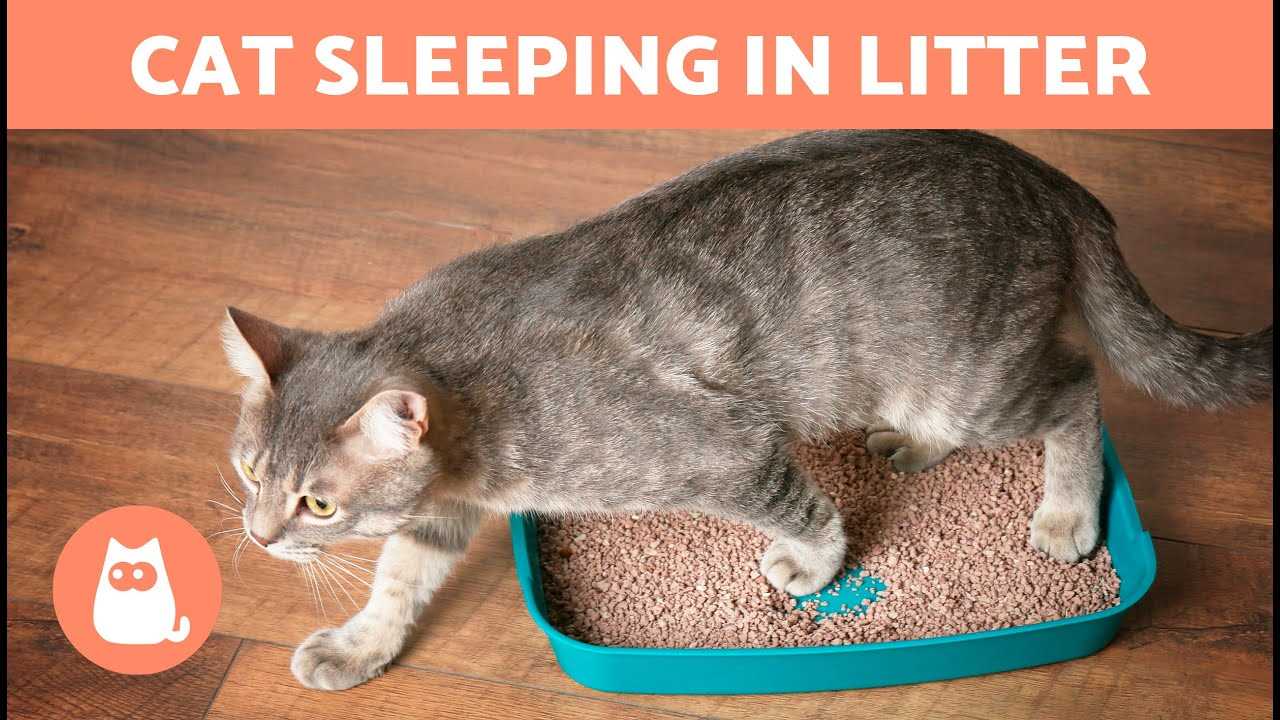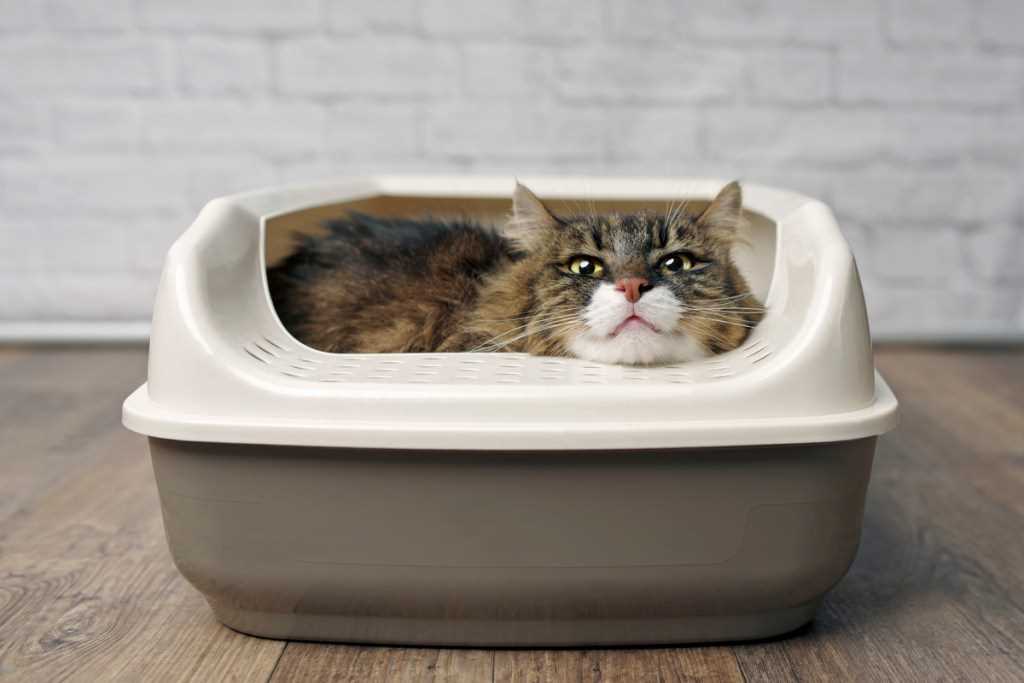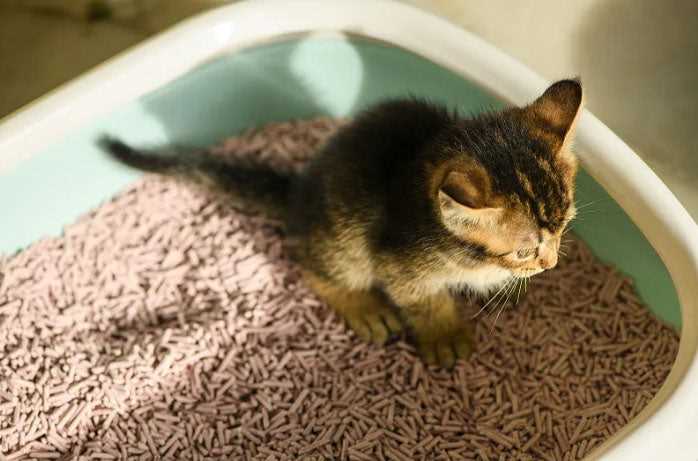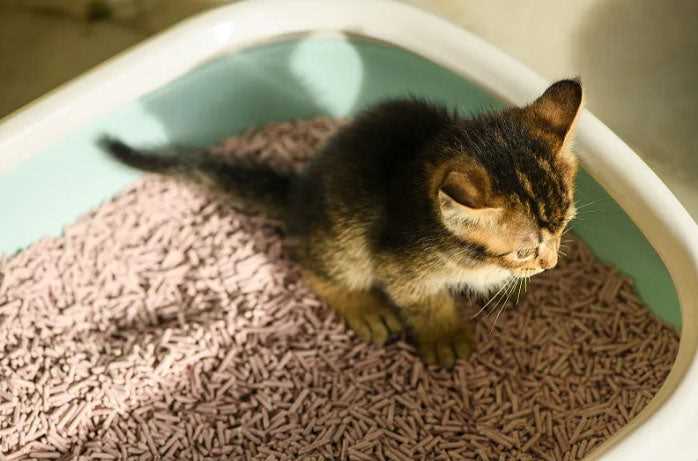Feeling secure is key. That’s why I often find my comfort in the places that smell familiar, like my personal haven. It’s a space where I can curl up and relax without any disturbances. The scent of my own fur and the soft texture of the materials create a cozy atmosphere that makes me feel safe.
It’s all about temperature control. My preferred corners are often warm, providing just the right amount of heat. When I snuggle into those areas, I’m enveloped in warmth, which helps me conserve energy during my daytime naps. It’s a smart strategy for staying cozy and comfortable.
Scent plays a significant role too. The fragrance in my chosen resting spots carries traces of my own scent, which makes me feel at home. Being surrounded by my own aroma reduces stress and allows me to relax more completely. It’s a reminder that I’m in a safe environment where I can let my guard down.
Territorial instincts also drive my choices. By resting in those areas, I’m marking my territory, reinforcing my presence, and communicating to others that this space belongs to me. It’s a way of claiming my domain and asserting my individuality in my environment.
Understanding the Comfort Factors of Litter Boxes

Finding a cozy spot is essential for relaxation. The composition of granular materials can create a soft, inviting surface, making it feel like an ideal resting area. The warmth generated from body heat can accumulate, enhancing the comfort of this chosen place.
Privacy is another significant aspect. Enclosed spaces provide a sense of security, making one feel safe from potential disturbances. This secluded environment can be particularly appealing during naptime.
Environmental Influence

Familiar scents play a crucial role in comfort. The smell of one’s own waste can be oddly reassuring, as it signifies territory. This familiarity can soothe and encourage relaxation.
Stress and Anxiety Factors

When feeling anxious, seeking out a space that feels safe is instinctual. A preferred area might serve as a refuge, helping to mitigate feelings of unease. Monitoring surroundings and ensuring a calm environment can enhance comfort levels significantly.
Health Issues That May Lead to This Behavior
If a feline finds comfort in a waste receptacle, several health concerns might be at play. Observing such behavior warrants a closer look at potential underlying medical conditions.
1. Urinary Tract Infections (UTIs)
Infections can lead to discomfort, prompting a search for solace in unusual places. Signs include:
- Frequent attempts to urinate
- Straining or crying while urinating
- Blood in urine
Consult a veterinarian for proper diagnosis and treatment options.
2. Stress and Anxiety
Emotional distress can manifest in peculiar habits. Factors contributing to anxiety may include:
- Changes in environment
- New pets or family members
- Loud noises or disruptions
Identifying sources of stress is crucial. Calming products or behavioral therapy might be beneficial.
3. Pain and Discomfort
Chronic pain or discomfort, especially related to joints or internal organs, can lead to seeking refuge in a familiar space. Observing signs such as:
- Reluctance to move
- Changes in grooming habits
- Unusual vocalizations
A thorough veterinary examination can help determine the cause and appropriate treatment.
4. Age-Related Issues

Older companions may face age-related ailments like arthritis or cognitive dysfunction. Symptoms to watch for include:
- Disorientation or confusion
- Difficulty with mobility
- Changes in sleeping patterns
Regular check-ups with a veterinarian can help manage these conditions effectively.
Staying vigilant about health and behavioral changes is crucial. If odd habits persist, seeking veterinary advice is essential for a happy and healthy feline life.
How to Redirect Your Feline’s Sleeping Habits
Provide alternative cozy spots for resting. Soft blankets or pet beds in quiet corners can encourage a shift away from less desirable areas. Experiment with various textures to find what your furry friend prefers.
Ensure the chosen locations are elevated or enclosed, as many enjoy the security of a confined space. Cat trees or shelves can serve this purpose well. Make these areas appealing by placing favorite toys nearby.
Maintain a clean and fresh environment. Regularly changing bedding and ensuring the air is free of strong odors can significantly influence where your furry companion decides to rest. Consider using air purifiers to enhance overall comfort.
Monitor stress levels. If your furry friend feels anxious, creating a calm atmosphere can assist. Use pheromone diffusers to promote relaxation, helping shift their preference to more suitable sleeping locations.
Encourage playtime before bedtime. Engaging in interactive play can tire them out and lead to a more restful sleep in designated areas. Use toys that stimulate their natural hunting instincts for maximum effect.
Consult a veterinarian if habits persist. There might be underlying health concerns driving this behavior. Also, explore options like providing plants that are non-toxic, such as are pachira toxic to cats, to enhance their environment without risks.
Feeling secure is key. That’s why I often find my comfort in the places that smell familiar, like my personal haven. It’s a space where I can curl up and relax without any disturbances. The scent of my own fur and the soft texture of the materials create a cozy atmosphere that makes me feel safe.
It’s all about temperature control. My preferred corners are often warm, providing just the right amount of heat. When I snuggle into those areas, I’m enveloped in warmth, which helps me conserve energy during my daytime naps. It’s a smart strategy for staying cozy and comfortable.
Scent plays a significant role too. The fragrance in my chosen resting spots carries traces of my own scent, which makes me feel at home. Being surrounded by my own aroma reduces stress and allows me to relax more completely. It’s a reminder that I’m in a safe environment where I can let my guard down.
Territorial instincts also drive my choices. By resting in those areas, I’m marking my territory, reinforcing my presence, and communicating to others that this space belongs to me. It’s a way of claiming my domain and asserting my individuality in my environment.
Understanding the Comfort Factors of Litter Boxes

Finding a cozy spot is essential for relaxation. The composition of granular materials can create a soft, inviting surface, making it feel like an ideal resting area. The warmth generated from body heat can accumulate, enhancing the comfort of this chosen place.
Privacy is another significant aspect. Enclosed spaces provide a sense of security, making one feel safe from potential disturbances. This secluded environment can be particularly appealing during naptime.
Environmental Influence

Familiar scents play a crucial role in comfort. The smell of one’s own waste can be oddly reassuring, as it signifies territory. This familiarity can soothe and encourage relaxation.
Stress and Anxiety Factors

When feeling anxious, seeking out a space that feels safe is instinctual. A preferred area might serve as a refuge, helping to mitigate feelings of unease. Monitoring surroundings and ensuring a calm environment can enhance comfort levels significantly.
Health Issues That May Lead to This Behavior
If a feline finds comfort in a waste receptacle, several health concerns might be at play. Observing such behavior warrants a closer look at potential underlying medical conditions.
1. Urinary Tract Infections (UTIs)
Infections can lead to discomfort, prompting a search for solace in unusual places. Signs include:
- Frequent attempts to urinate
- Straining or crying while urinating
- Blood in urine
Consult a veterinarian for proper diagnosis and treatment options.
2. Stress and Anxiety
Emotional distress can manifest in peculiar habits. Factors contributing to anxiety may include:
- Changes in environment
- New pets or family members
- Loud noises or disruptions
Identifying sources of stress is crucial. Calming products or behavioral therapy might be beneficial.
3. Pain and Discomfort
Chronic pain or discomfort, especially related to joints or internal organs, can lead to seeking refuge in a familiar space. Observing signs such as:
- Reluctance to move
- Changes in grooming habits
- Unusual vocalizations
A thorough veterinary examination can help determine the cause and appropriate treatment.
4. Age-Related Issues

Older companions may face age-related ailments like arthritis or cognitive dysfunction. Symptoms to watch for include:
- Disorientation or confusion
- Difficulty with mobility
- Changes in sleeping patterns
Regular check-ups with a veterinarian can help manage these conditions effectively.
Staying vigilant about health and behavioral changes is crucial. If odd habits persist, seeking veterinary advice is essential for a happy and healthy feline life.
How to Redirect Your Feline’s Sleeping Habits
Provide alternative cozy spots for resting. Soft blankets or pet beds in quiet corners can encourage a shift away from less desirable areas. Experiment with various textures to find what your furry friend prefers.
Ensure the chosen locations are elevated or enclosed, as many enjoy the security of a confined space. Cat trees or shelves can serve this purpose well. Make these areas appealing by placing favorite toys nearby.
Maintain a clean and fresh environment. Regularly changing bedding and ensuring the air is free of strong odors can significantly influence where your furry companion decides to rest. Consider using air purifiers to enhance overall comfort.
Monitor stress levels. If your furry friend feels anxious, creating a calm atmosphere can assist. Use pheromone diffusers to promote relaxation, helping shift their preference to more suitable sleeping locations.
Encourage playtime before bedtime. Engaging in interactive play can tire them out and lead to a more restful sleep in designated areas. Use toys that stimulate their natural hunting instincts for maximum effect.
Consult a veterinarian if habits persist. There might be underlying health concerns driving this behavior. Also, explore options like providing plants that are non-toxic, such as are pachira toxic to cats, to enhance their environment without risks.
Feeling secure is key. That’s why I often find my comfort in the places that smell familiar, like my personal haven. It’s a space where I can curl up and relax without any disturbances. The scent of my own fur and the soft texture of the materials create a cozy atmosphere that makes me feel safe.
It’s all about temperature control. My preferred corners are often warm, providing just the right amount of heat. When I snuggle into those areas, I’m enveloped in warmth, which helps me conserve energy during my daytime naps. It’s a smart strategy for staying cozy and comfortable.
Scent plays a significant role too. The fragrance in my chosen resting spots carries traces of my own scent, which makes me feel at home. Being surrounded by my own aroma reduces stress and allows me to relax more completely. It’s a reminder that I’m in a safe environment where I can let my guard down.
Territorial instincts also drive my choices. By resting in those areas, I’m marking my territory, reinforcing my presence, and communicating to others that this space belongs to me. It’s a way of claiming my domain and asserting my individuality in my environment.
Understanding the Comfort Factors of Litter Boxes

Finding a cozy spot is essential for relaxation. The composition of granular materials can create a soft, inviting surface, making it feel like an ideal resting area. The warmth generated from body heat can accumulate, enhancing the comfort of this chosen place.
Privacy is another significant aspect. Enclosed spaces provide a sense of security, making one feel safe from potential disturbances. This secluded environment can be particularly appealing during naptime.
Environmental Influence

Familiar scents play a crucial role in comfort. The smell of one’s own waste can be oddly reassuring, as it signifies territory. This familiarity can soothe and encourage relaxation.
Stress and Anxiety Factors

When feeling anxious, seeking out a space that feels safe is instinctual. A preferred area might serve as a refuge, helping to mitigate feelings of unease. Monitoring surroundings and ensuring a calm environment can enhance comfort levels significantly.
Health Issues That May Lead to This Behavior
If a feline finds comfort in a waste receptacle, several health concerns might be at play. Observing such behavior warrants a closer look at potential underlying medical conditions.
1. Urinary Tract Infections (UTIs)
Infections can lead to discomfort, prompting a search for solace in unusual places. Signs include:
- Frequent attempts to urinate
- Straining or crying while urinating
- Blood in urine
Consult a veterinarian for proper diagnosis and treatment options.
2. Stress and Anxiety
Emotional distress can manifest in peculiar habits. Factors contributing to anxiety may include:
- Changes in environment
- New pets or family members
- Loud noises or disruptions
Identifying sources of stress is crucial. Calming products or behavioral therapy might be beneficial.
3. Pain and Discomfort
Chronic pain or discomfort, especially related to joints or internal organs, can lead to seeking refuge in a familiar space. Observing signs such as:
- Reluctance to move
- Changes in grooming habits
- Unusual vocalizations
A thorough veterinary examination can help determine the cause and appropriate treatment.
4. Age-Related Issues

Older companions may face age-related ailments like arthritis or cognitive dysfunction. Symptoms to watch for include:
- Disorientation or confusion
- Difficulty with mobility
- Changes in sleeping patterns
Regular check-ups with a veterinarian can help manage these conditions effectively.
Staying vigilant about health and behavioral changes is crucial. If odd habits persist, seeking veterinary advice is essential for a happy and healthy feline life.
How to Redirect Your Feline’s Sleeping Habits
Provide alternative cozy spots for resting. Soft blankets or pet beds in quiet corners can encourage a shift away from less desirable areas. Experiment with various textures to find what your furry friend prefers.
Ensure the chosen locations are elevated or enclosed, as many enjoy the security of a confined space. Cat trees or shelves can serve this purpose well. Make these areas appealing by placing favorite toys nearby.
Maintain a clean and fresh environment. Regularly changing bedding and ensuring the air is free of strong odors can significantly influence where your furry companion decides to rest. Consider using air purifiers to enhance overall comfort.
Monitor stress levels. If your furry friend feels anxious, creating a calm atmosphere can assist. Use pheromone diffusers to promote relaxation, helping shift their preference to more suitable sleeping locations.
Encourage playtime before bedtime. Engaging in interactive play can tire them out and lead to a more restful sleep in designated areas. Use toys that stimulate their natural hunting instincts for maximum effect.
Consult a veterinarian if habits persist. There might be underlying health concerns driving this behavior. Also, explore options like providing plants that are non-toxic, such as are pachira toxic to cats, to enhance their environment without risks.






